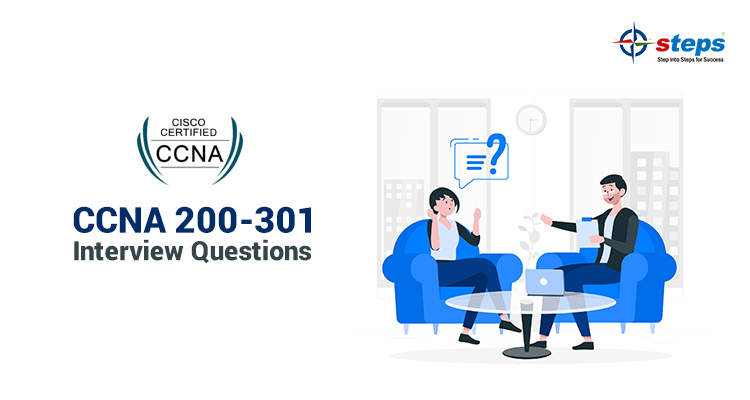OSPF LSA Types

OSPF uses an LSDB (link state database) and fills this with LSAs (link-state advertisement). OSPF has many different types of LSAs.
- LSA Type 1: Router LSA
- LSA Type 2: Network LSA
- LSA Type 3: Summary LSA
- LSA Type 4: Summary ASBR LSA
- LSA Type 5: Autonomous system external LSA
- LSA Type 6: Multicast OSPF LSA
- LSA Type 7: Not-so-stubby area
LSA Type 1: Router LSA (O)
- This LSA is flooded by every router within an area and doesn’t cross ABR.
- LSA consists of information about directly connected links
- We see this as “o” in the routing table
LSA Type 2: Network LSA (O by DBR)
- Generated by DR (Designated router) on the broadcast network.
- This LSA is flooded by every router within an area and doesn’t cross
- We see this as “o” in the routing table.

LSA Type 3: Summary LSA (OIA)
- Used to share information With other area called an OSPF inter area
- OIA – representation in the routing table.
LSA Type 4: Summary ASBR LSA (TO locate ASBR)
- The same format as type 3 but contains information Of ASBR.
- Used to advertise information About ASBR to another area in the same AS.
- It is generated by ABR of the originating area.
- Because the other router knows where to find ASBR.
- These LSA will contain the Router ID of ASBR only.

LSA Type 5: Autonomous system external LSA (OE1, OE2)
- Generated by ASBR only and also owned by ASBR.
- Used to advertise network from other AS (autonomous system)
- LSA flooded through entire ASN
- Also known as autonomous system external LSA.

LSA Type 6: Multicast OSPF LSA
I can skip because it’s not being used. It’s not even supported by Cisco
LSA Type 7: Not-so-stubby area LSA (ON1, ON2 instead of OE2 )
Also known as not-so-stubby-area (NSSA) which doesn’t allow external LSAs (type 5). To overcome this issue we are generating type 7 LSAs. Type 7 external LSA that carries the exact same information but is not blocked within the NSSA area. R2 will translate this type 7 into a type 5 and flood it into the other areas.



